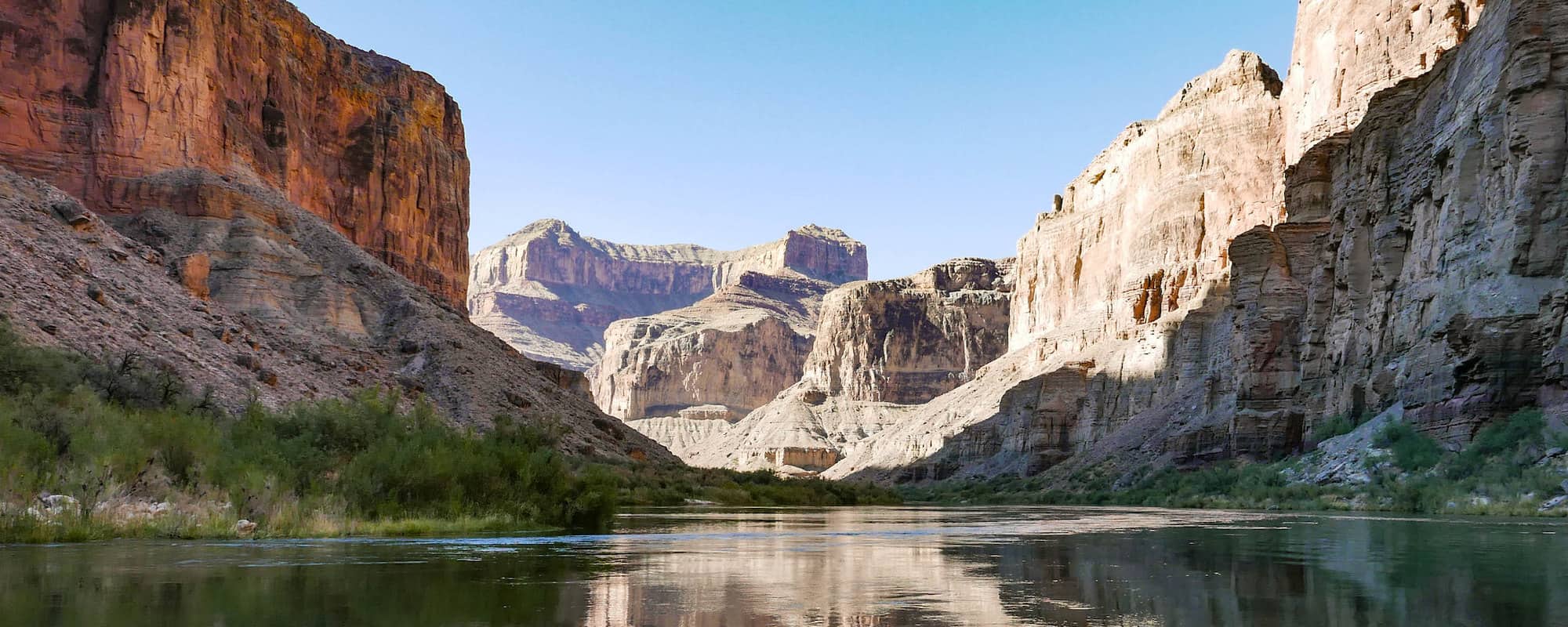By Meredith and the TTS37 Teacher Team
I am writing from downtown Tucson, Arizona. The sun is shining and it is a temperate 60 degrees. Students just took off for their much anticipated “town time,” where they get the rare opportunity to roam and explore the cute downtown in pairs. Here in Tucson, this street’s attractions include art galleries, independent bookstores, a co-op, vintage clothing stores, souvenir shops and local bookstores. The diversity of the area and its deep history swirl together to tell stories through bright colors and chipping wall murals.
We spent the morning at the Sonoran Desert Museum (natural history museum and botanical garden) where students went on a scavenger hunt to find certain flora and fauna and report back with fun facts about the diverse and unique ecosystems of the Sonoran Desert which extends to/through the Gulf of Mexico. Accordingly, there were aquariums with sharks, stingray and different species of fish and exhibits with regional land creatures such as mountain lion, predator birds, iguanas, and a variety of desert snakes! The multifaceted experience also included learnings about the prehistoric geography of the area, minerals and rocks, and information about local indigenous nations such as the Tohono O’odham, Zuni, and Yavapai.
The museum was a fluid bridge from our last four days spent in Organ Pipes National Monument. Our first time living, learning and sleeping outside helped us hone in our kitchen and sleeping systems, allowed time to study indigenous histories of the area, and begin our Global Studies unit on Migration and Borders. From the top of a hill behind our campsite students reflected on what citizenship means to them while peering 10 miles south into Mexico and at a border wall extending as far East and West as the eye could see (incredibly powerful!). We went on nature walks to learn about the Sonoran environment from a Ranger who shared details about snakes and spiders before we shifted to a special afternoon with a food cooperative in Ajo, learning from an indigenous chef focused on revival/blending of ancestral farming and cooking practices.
Rewind to our weeks beyond Prescott, Friendly Pines and our canoe trip:
We left the high desertscape and traveled southwards, witnessing the landscape change and the temperatures climb. . . or so it seemed. We settled into casitas for a week at the Biosphere to learn about climate change research and got a sneak peak into the history of that wild project from a special researcher and tour guide. One evening we stargazed with two professionals – learning about constellations, galaxies and more that bring our night sky to life. We all peered through a powerful telescope at our neighboring galaxy, Andromeda, which really fried all of our brains! And those warming temps tricked us – before we knew it we were delighting in snowball fights which brought winter alive to many of our students who relish cold, snow filled days.
We then hopped back into our vans and headed further south to Patagonia where we partook in a variety of activities including a day trip to the flourishing border town of Nogales to see a part of Trump’s border wall (and tacos, of course), a place-based day tour of the surrounding areas with a local rancher turned environmental activist and humanitarian, as well our first full day of service with Borderlands Restoration Network – moving rocks in the hot AZ sun to restore watersheds in the area. Other activities included a talk and tour of an iconic permaculture farm called Deep Dirt Farm, a hike on the infamous 500+ mile Arizona Trail, and a trip to a natural Hummingbird Sanctuary – where more than 3,000 species of birds migrate through from Baja every year. These academic activities brought many of our previous class discussions to life and gave a diverse picture into the many issues facing the area, as well as some of the neat work being done to help the land and the people living from it.
Fun Fact: Patagonia is known for its word class birding due to its unique geography and biodiversity — it was a wonderful place to start discussing the many aspects of human and animal migration through an interdisciplinary lense.
Shifting back to Tucson, and our present plans, we are looking forward to enjoying another city day in Tucson with a morning at an art gallery/museum featuring local artists, and then to a talk with the organization, Justice for Our Neighbors – a faith based immigrant rights organization based in Tucson. Soon, we’ll pack our bags, load the vans and head north into our next state!

